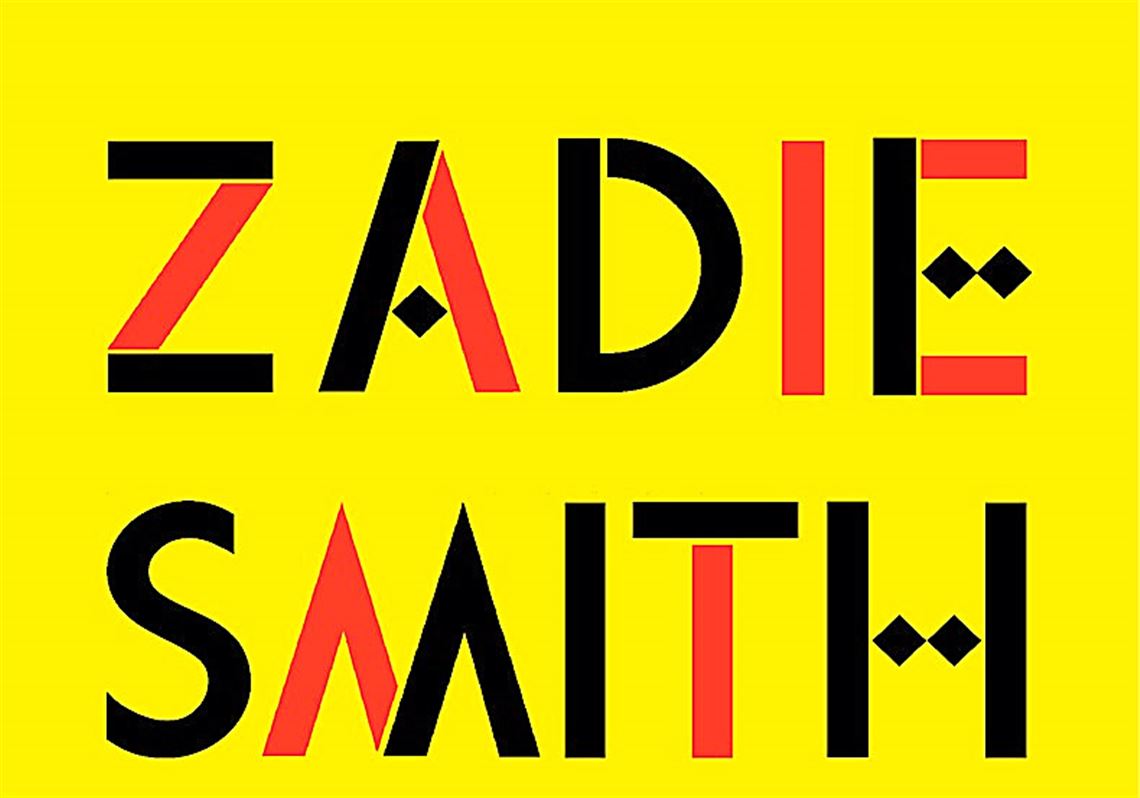Among the reasons some of us fall in love with the arts and humanities is that they provide a home, a sense of recognition, a feeling of belonging. The characters and themes of a film, a ballet or a book can make you feel less alone. But perhaps you, too, have revisited a cherished work only to discover elements that, whether because of blind spots or shifting priorities, you hadn’t previously noticed.
The unnamed narrator of “Swing Time,” Zadie Smith’s challenging new novel, has a similar experience when, after losing her job in 2008 as assistant to an Australian pop star, she returns to England and watches a movie musical she loved in her youth: 1937’s “Swing Time.”
Penguin Press ($27)
She’s still astounded by Fred Astaire’s gracefulness as he glides and twirls in front of his dancing silhouettes, but it takes a while for the narrator, a brown girl who grew up in North London public housing to a white father and an intellectual Jamaican mother, to look past the artistry and notice that Mr. Astaire is dressed as Bojangles and done up in blackface.
That’s the sort of recognition that complicates one’s relationship to an artistic work. And not just art is susceptible: the same can apply to a job one loves or a friendship one thought secure.
“Swing Time” charts the relationship between two brown girls from the day they meet as 7-year-olds at a dance class in 1982 and through an adulthood of growing resentments. The other woman is Tracey, the daughter of a white mother and an absent black father whom she claims is one of Michael Jackson’s backup dancers.
They share a love of dance, but Tracey is the more gifted performer. As Tracey battles drugs and alcohol on her way to a dance career of minor renown, the narrator works at an MTV clone until she meets Aimee, a white pop sensation 12 years her senior.
Aimee hires the narrator as her personal assistant, a job that takes her around the globe, especially after Aimee, who says that the only way to get things done is for people of means to share their good fortune, enlists her help in setting up the Illuminated Academy for Girls, an all-girls school in West Africa.
The bulk of the novel shifts between the narrator and Tracey’s years of increasing estrangement and the planning of the school, all of which builds to the events that cost the narrator her job.
Aimee is too sketchy a character — we learn little about the reasons for her success other than that her dance style is “like a big cat methodically prowling around her cage” — but the richness of “Swing Time” lies in Ms. Smith’s spot-on descriptions, from the “avocado bathroom set” of ’70s-era décor to the “pink-and-diamante ruffled confection” Tracey wears to a 10th birthday party, and in her encyclopedic knowledge of hip-hop, Hollywood musicals and popular song.
Equally powerful is her nuanced depiction of race and its role in her characters’ fates, from the narrator’s mother’s attempts to become the rarity that is a black member of Parliament to Tracey’s role in the “negro chorus” of a production of “Show Boat” — another work that later generations have had to recalibrate.
Late in the novel, Aimee says that “art is not appropriate, that was not the aim of art — the aim of art was love.” But what does one do, whether in art or in life, when the beloved disappoints? As “Swing Time” vividly dramatizes, it’s hard to locate one’s preferred associations, but it can be even harder to glide and twirl past their imperfections.
Michael Magras is a member of the National Book Critics Circle. His work has appeared in the Minneapolis Star Tribune, Houston Chronicle, San Francisco Chronicle, Philadelphia Inquirer, and Miami Herald.
First Published: November 13, 2016, 5:00 a.m.















